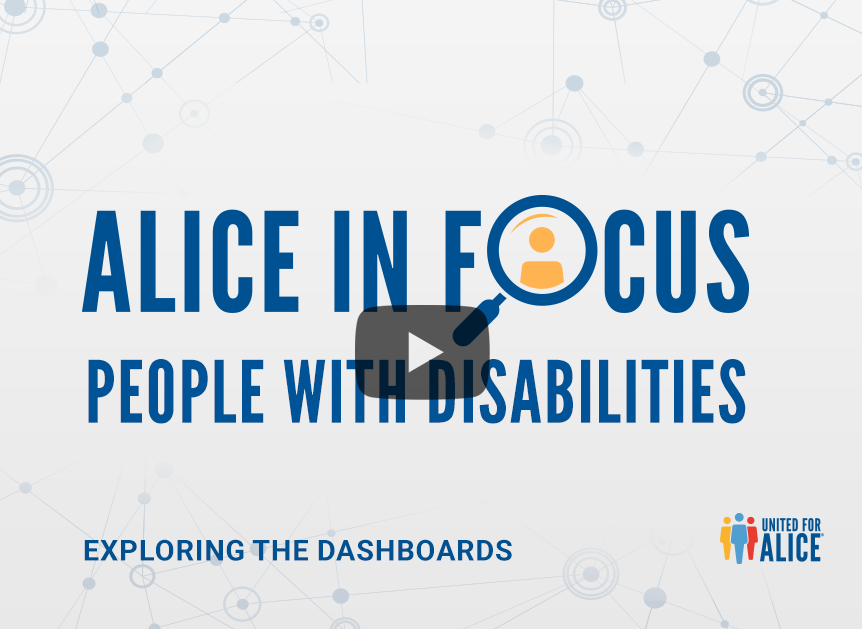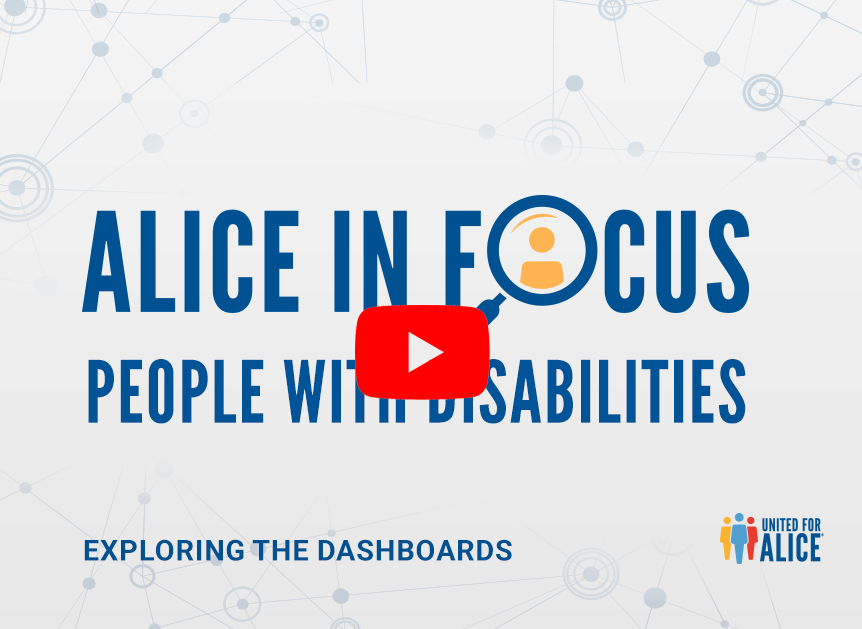Badgett, M.V., Choi, S.K., & Wilson, B.D.M. (2019, October). LGBT poverty in the United States: A study of differences between sexual orientation and gender identity groups. The William Institute. Retrieved from https://williamsinstitute.law.ucla.edu/wp-content/uploads/National-LGBT-Poverty-Oct-2019.pdf
Braveman, P.A., Arkin, E., Proctor, D., Kauh, T. & Holm, N. (2022, February). Systemic and structural racism: Definitions, examples, health damages, and approaches to dismantling. Health Affairs, 41(2). Retrieved from https://www.healthaffairs.org/doi/10.1377/hlthaff.2021.01394
Carpenter, C.S., Eppink, S.T., & Gonzales, G. (2020, February 11). Transgender status, gender identity, and socioeconomic outcomes in the United States. Labor Market Inequality, 73(3). Retrieved from https://doi.org/10.1177%2F0019793920902776
Dattaro, L. (2020, September 14). Largest study to date confirms overlap between autism and gender diversity. Retrieved from https://www.spectrumnews.org/news/largest-study-to-date-confirms-overlap-between-autism-and-gender-diversity
Elder, T.E., Figlio, D., Imberman, S., and Persico, C. (2021). Segregation and racial gaps in special education. Education Next, 21(2), 62–8. Retrieved from https://www.educationnext.org/segregation-racial-gaps-special-education-new-evidence-on-debate-over-disproportionality
Full Spectrum Child Care. (2020, September 10). When identities collide: The significance of intersectionality within the disability community. Retrieved from https://www.fullspectrumchildcare.com/blog/when-identities-collide-the-significance-of-intersectionality-within-the-disability-community
Hanks, A., Solomon, D., & Weller, C.E. (2018, February 21). Systematic inequality: How America’s structural racism helped create the Black-White wealth gap. The Center for American Progress. Retrieved from https://www.americanprogress.org/article/systematic-inequality
Institute on Disability/UCED. (n.d.). 2021 annual disability infographic: Experience of people with disabilities in rural America. Retrieved from https://disabilitycompendium.org/sites/default/files/user-uploads/Events/2022ReleaseYear/Infographic%20-%20Rural%20-%202021%20-%20WEB.pdf
Institute on Disability/UCED. (n.d.). 2021 annual disability infographic: Social inequities experienced by African Americans. Retrieved from https://disabilitycompendium.org/sites/default/files/user-uploads/Events/2022ReleaseYear/Infographic%20-%20Afr%20Amer%20-%202021%20-%20WEB.pdf
Johnson, P. (2012). Sexism. In Encyclopedia of Applied Ethics (Second Edition). Retrieved from https://www.sciencedirect.com/topics/psychology/sexism
Levi, J. L. & Barry, K.M. (2021, February 22). Embracing the ADA: Transgender people and disability rights. Retrieved from https://blog.harvardlawreview.org/embracing-the-ada-transgender-people-and-disability-rights
Losen, D. J. (2018, April). Disabling punishment: The need for remedies to the disparate loss of instruction experienced by Black students with disabilities. The Center for Civil Rights Remedies at The Civil Rights Project, Charles Hamilton Houston Institute for Race & Justice. Retrieved from https://today.law.harvard.edu/wp-content/uploads/2018/04/disabling-punishment-report-.pdf
Movement Advancement Project. (2019, July). LGBT People With Disabilities. Retrieved from https://www.lgbtmap.org/lgbt-people-disabilities
Murphy, S.L., Kochanek, K.D., Xu, J., Arias, E. (2021, December). Mortality in the United States, 2020. National Center for Health Statistics Data Brief, No. 427. Retrieved from https://www.cdc.gov/nchs/data/databriefs/db427.pdf
Novoa, C. (2020, January 29). The child care crisis disproportionately affects children with disabilities. The Center for American Progress. Retrieved from https://www.americanprogress.org/article/child-care-crisis-disproportionately-affects-children-disabilities
U.S. Department of Education. (2021, August 10). OSEP releases fast facts on the race and ethnicity of children with disabilities served under IDEA Part B. Office of Special Education and Rehabilitative Services Blog. Retrieved from https://sites.ed.gov/osers/2021/08/osep-releases-fast-facts-on-the-race-and-ethnicity-of-children-with-disabilities-served-under-idea-part-b
Varadaraj, V., Deal. J.A., & Campanile, J. (2021, October 21). National prevalence of disability and disability types among adults in the U.S., 2019. JAMA Network Open, 4(10). Retrieved from https://jamanetwork.com/journals/jamanetworkopen/fullarticle/2785329
Williams, E. & Musumeci, M. (2021, October 4). Children with special health care needs: Coverage, affordability, and HCBS Access. Kaiser Family Foundation. Retrieved from https://www.kff.org/medicaid/issue-brief/children-with-special-health-care-needs-coverage-affordability-and-hcbs-access
Young, N.A.E. & Crankshaw, K. (2021, March 25). U.S. childhood disability rate up in 2019 from 2008: Disability rates highest among American Indian and Alaska Native children and children living in poverty. U.S. Census Bureau America Counts. Retrieved from https://www.census.gov/library/stories/2021/03/united-states-childhood-disability-rate-up-in-2019-from-2008.html


